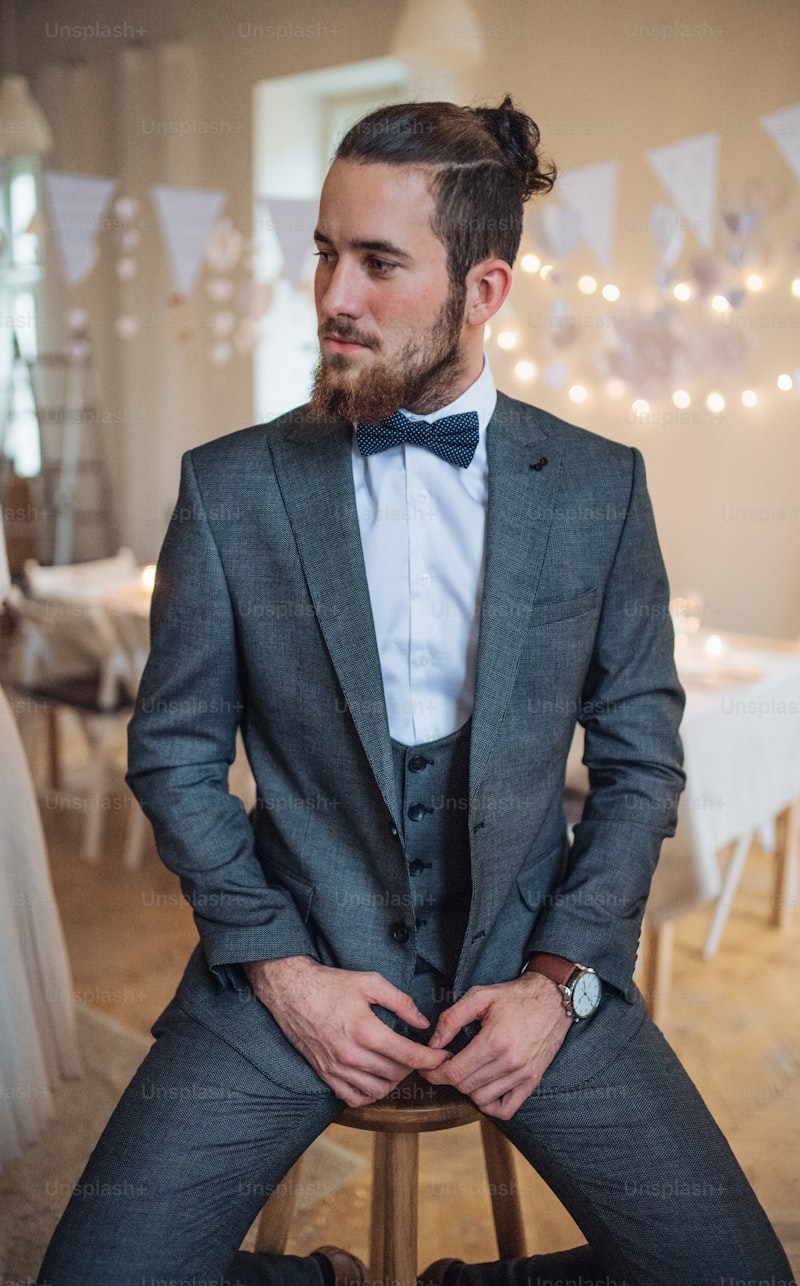Ultimate Guide to Groom's Boutonnieres Selection: The Perfect Touch for Your Wedding
Understanding Groom's Boutonnieres
When planning a wedding, every detail is crucial, and one of the often-overlooked elements is the groom's boutonniere. This small accessory not only represents the groom’s style but also plays a significant role in the overall wedding aesthetic. In this article, we will delve into the selection process of groom's boutonnieres, offering tips and insights to help you make the right choice.
What is a Boutonniere?
A boutonniere is a floral decoration worn by the groom, groomsmen, and other male members of the wedding party on the left lapel of their jackets. Traditionally made from fresh flowers or foliage, boutonnieres symbolize love and commitment. The choice of flowers can reflect the couple’s style, wedding theme, or even the season.
Key Considerations for Selecting Groom's Boutonnieres
When choosing the perfect boutonniere, several factors should be considered:
| Factors | Details |
| Theme and Color Scheme | Select flowers that match your wedding's color palette and theme. |
| Seasonality | Choose flowers that are in season for the best availability and freshness. |
| Personal Style | Reflect the groom's personality through unique flower choices or design. |
| Relationship with the Bride | Consider the bride's bouquet to ensure complementary designs. |
| Cost | Budget accordingly, as some flowers can be more expensive than others. |
Popular Flower Options for Boutonnieres
Choosing the right flower for the boutonniere can significantly influence its overall look. Here’s a list of popular flowers that are frequently used in boutonnieres:
- Roses: Classic and timeless, they come in various colors and convey love and passion.
- Carnations: Affordable and hardy, they can be dyed to any color and are durable.
- Orchids: Exotic and elegant, ideal for modern-themed weddings.
- Succulents: A great option for rustic or outdoor weddings, offering a unique twist.
- Sunflowers: Perfect for a laid-back or summer wedding theme.
Matching the Boutonniere with Attire
The boutonniere should not only match the wedding theme but also harmonize with the groom’s attire. Here are some tips:
- Color Coordination: Ensure the boutonniere color complements the suit and tie. For a black suit, a pop of color can stand out beautifully.
- Size: The boutonniere should be proportionate to the groom's attire; it shouldn’t overpower the outfit but should be noticeable.
- Style: Classic suits may pair well with traditional floral boutonnieres, while suspender styles might suit more rustic bouquets.

DIY Boutonnieres: How to Create Your Own
If you're looking to save some money or add a personal touch, consider making your own boutonnieres. Here’s a simple guide to get started:
- Gather Supplies: You will need flowers, floral tape, a pair of scissors, and pins to hold the boutonniere in place.
- Choose Your Flowers: Select flowers that represent your style—small blooms work best.
- Assemble the Boutonniere: Trim the stems to your desired length and arrange them securely with floral tape.
- Finish with a Pin: Use a pin to attach it to the lapel of the suit just before the ceremony.
When to Order or Create Boutonnieres
Timing is crucial when ordering or creating boutonnieres. Here are some recommendations:
- If Ordering: Place your order 1-2 weeks before the wedding to ensure freshness.
- If DIY: Prepare them a day or two before the wedding to maintain freshness.
Common Mistakes to Avoid
Choosing the wrong boutonniere can be a significant oversight. Here are some common mistakes to avoid:
- Ignoring the Season: Some flowers might not be available depending on the season, leading to last-minute changes.
- Neglecting Personal Style: Don’t force styles that don't reflect the groom’s taste.
- Overcomplicating the Design: Simple is often more effective; elaborate designs may not translate well in photographs.
Conclusion
In summary, selecting the perfect groom's boutonniere is an essential part of the wedding planning process that can add significant character to the groom's attire. Consider factors like the wedding theme, seasonality, personal style, and cost to help guide your selection process. Whether you design or order them, ensure they enhance the groom’s overall look and the wedding’s aesthetic. With these insights and recommendations in mind, you’ll be able to choose the ideal boutonniere that both you and your bride will cherish for years to come.
Remember, your boutonniere is more than just a flower; it is a reflection of love, commitment, and the celebration of your union.